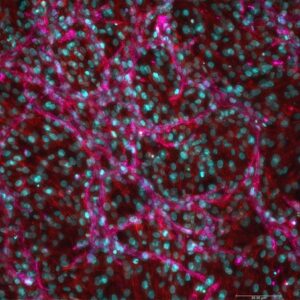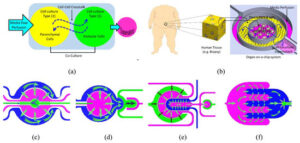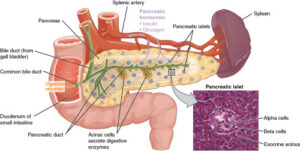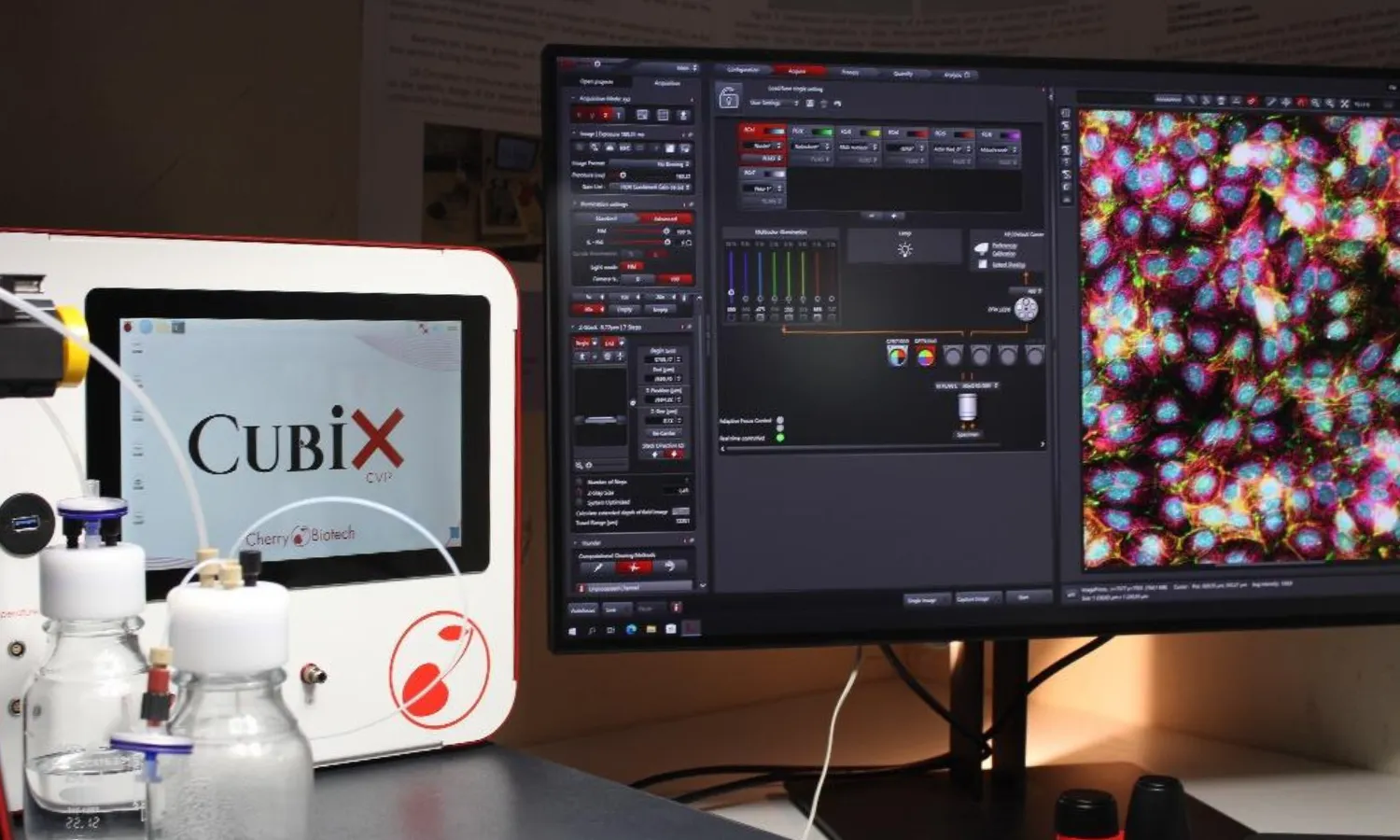Introduction
DMS, often known as dimethylpolysiloxane or dimethicone, is a silicone polymer. There are various uses for PDMS owing to its flexibility and characteristics.
Although PDMS is a very good and practical solution while a small number of units are needed, industrialization and scaling up steps are hard to handle with this polymer.
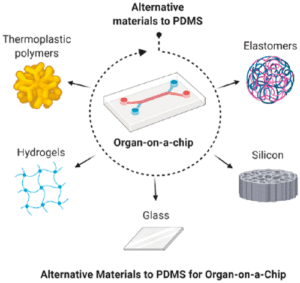
To prevent absorption, leaching, and autofluorescence or to facilitate quick prototyping, it may be necessary to fabricate the majority of the device with a material other than PDMS.
Hydrogel-based devices have also been developed as a result of advances in manufacturing processes (3D printing, for example). Learn more about the alternatives to PDMS in the paper below.
Polydimethylsiloxane (PDMS): Alternative Materials
- Elastomers
- Thermoplastics
- Glass
- Silicone
- Adhesives or Epoxy Resins
- Hydrogels
- Paper based devices
How to culture vascularized & immunocompetent 3D models in a standard Multiwell
Abstract
The author states that” Polydimethylsiloxane (PDMS) is the predominant material used for organ-on-a-chip devices and microphysiological systems (MPS) due to its ease-of-use, elasticity, optical transparency, and inexpensive microfabrication.
However, the absorption of small hydrophobic molecules by PDMS and the limited capacity for high-throughput manufacturing of PDMS-laden devices severely limit the application of these systems in personalized medicine, drug discovery, in vitro pharmacokinetic/pharmacodynamic (PK/PD) modeling, and the investigation of cellular responses to drugs.
Consequently, the relatively young field of organ-on-a-chip devices and MPSs is gradually beginning to make the transition to alternative, nonabsorptive materials for these crucial applications.
This review examines some of the first steps that have been made in the development of organ-on-a-chip devices and MPSs composed of such alternative materials, including elastomers, hydrogels, thermoplastic polymers, and inorganic materials. It also provides an outlook on where PDMS-alternative devices are trending and the obstacles that must be overcome in the development of versatile devices based on alternative materials to PDMS.”
References
Campbell SB, Wu Q, Yazbeck J, Liu C, Okhovatian S, Radisic M. Beyond Polydimethylsiloxane: Alternative Materials for Fabrication of Organ-on-a-Chip Devices and Microphysiological Systems. ACS Biomater Sci Eng. 2021 Jul 12;7(7):2880-2899. doi: 10.1021/acsbiomaterials.0c00640. Epub 2020 Sep 9. PMID: 34275293.
FAQ
PDMS, which is also known as dimethylpolysiloxane or dimethicone, is a type of silicone polymer. It is currently the main material used for making organ-on-a-chip devices and microphysiological systems (MPS). Its popularity is due to several of its characteristics. These include its ease-of-use, flexibility, and elasticity. It is also optically transparent, which is useful for imaging. Furthermore, it is associated with inexpensive microfabrication. This makes it a very good and practical solution when a small number of device units are required.
Despite its advantages, PDMS has significant drawbacks. A major issue is its absorption of small hydrophobic molecules. It may also have issues with leaching and autofluorescence. These properties severely limit the application of PDMS-based systems in specific fields. These include personalized medicine, drug discovery, and in vitro pharmacokinetic/pharmacodynamic (PK/PD) modeling. Another problem is the limited capacity for high-throughput manufacturing of devices that are laden with PDMS. The steps for industrialization and scaling up production are difficult to handle with this polymer.
The field is gradually starting to transition to alternative, nonabsorptive materials. This shift is necessary to overcome the limitations of PDMS. For crucial applications like drug discovery, materials are needed that do not absorb the small molecules being tested. Materials may also be required to prevent leaching or autofluorescence. Furthermore, materials that are better suited for high-throughput manufacturing and scaling up are needed to move devices from research to industrial use. This has led to the development of devices composed of these alternative materials.
Several alternative materials are being examined for fabricating organ-on-a-chip devices and MPS. These materials are chosen to address the specific drawbacks of PDMS. The main categories include elastomers, thermoplastic polymers, and inorganic materials. Other materials being used are glass, silicone, and adhesives or epoxy resins. Paper-based devices are also an option. Hydrogels are another important category. The development of hydrogel-based devices has been helped by advances in manufacturing processes, such as 3D printing.

